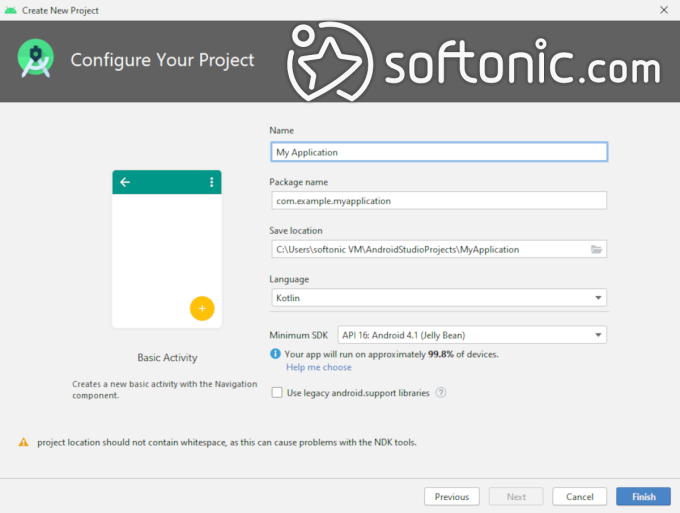
In addition, experts sometimes talk about optimizing the use of SDKs for Android, for instance, using targeted versioning to eliminate the need for additional wrapped API calls, or may refer to SDK targeting as “value-added to an Android manifest” that can help with OS implementations, many recommending setting a target version and a minimum version in the manifest. Since Android applications are written in Java code, a user should have the Java Development Kit (JDK) installed. Most of these IDEs provide a graphical interface enabling developers to perform development tasks faster. However, other IDEs, such as NetBeans or IntelliJ, will also work.


The recommended IDE is Eclipse with the Android Development Tools (ADT) plug-in. Third-party add-ons are also available for download.Īlthough the SDK can be used to write Android programs in the command prompt, the most common method is by using an integrated development environment (IDE). The components of Android SDK can be downloaded separately.
#Android 10 sdk mac os x#
The development platforms that are compatible with SDK include operating systems like Windows (XP or later), Linux (any recent Linux distribution) and Mac OS X (10.4.9 or later).

The SDK essentially represents Android’s delivered toolkit for a specific version and technology of its operating systems. To be able to write programs with the latest features, developers must download and install each version’s SDK for the particular phone. Relevant documentation for the Android application program interfaces (APIs).Įvery time Google releases a new version of Android, a corresponding SDK is also released.


 0 kommentar(er)
0 kommentar(er)
